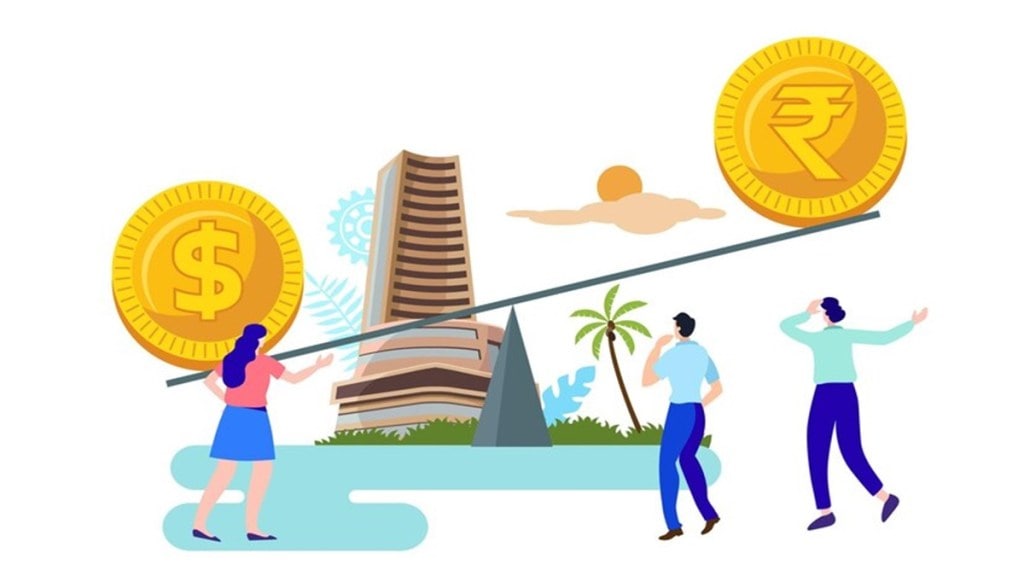It took 18 years to correct itself, but S&P’s vote of confidence in the Indian economy should still bring confidence and cheer, especially because of the rating agency’s belief that the US’s punitive tariffs can be managed. In fact, S&P is of the view that the fiscal cost of India substituting Russian oil imports would be modest. The agency had upgraded India’s outlook to positive in May last year. In that sense, Friday’s decision to upgrade India’s sovereign rating to BBB from BBB-, accompanied by a stable outlook, essentially reinforces the prevailing perception that India’s economy is in good shape in a volatile world.
Fiscal prudence and growth resilience
There’s no doubt that the economy is doing well on virtually every front, having recovered nicely from the pandemic without giving up on fiscal discipline. Indeed, the compression of the combined fiscal deficit—from 9.45% in FY22 to 7.48% in FY26—has been most impressive. It is to the government’s credit that the finances have been so well-managed. Despite staying on the path of fiscal consolidation, the government has continued to spend on capex, enhancing the quality of the expenditure. As S&P has said, the total public investment in infrastructure is estimated to be 5.5% of GDP, which is equal to or higher than that of the peer economies.
The fiscal prudence has played its part in reining in inflation and allowing interest rates to trend down. Given the focus on aligning the deficit with the debt, one can expect both to be kept in check. Moreover the debt service ratio would also fall with the cost of borrowings for the government coming down. Already, the central government’s debt-to-GDP ratio has come off to 80.7% in FY25 from 89.5% in FY21. On the external front, the current account deficit is well within control and should remain that way although exports have been under pressure and could be further hit unless the issue of high US tariffs is sorted out. While the rupee has depreciated over the past few months, India’s forex reserves kitty is a chunky $690 billion.
Upgrade impact on capital flows and markets
What’s important is that India is the only large economy growing at a brisk pace of over 6%, having bounced back smartly from the pandemic trough, demonstrating a remarkable resilience. In a forecast that probably surpasses those of most economists, S&P expects India’s GDP to grow by 6.8% annually over the next three years. Many would doubt such robust projections for an economy which will be even more dependent on the domestic market. But should the growth sustain, the government’s balance sheet would be stronger as the debt-to-GDP ratio is likely to fall further. Indeed, it is the “sound fundamentals” and the potential for the growth momentum to sustain that has convinced S&P to revising its rating and it won’t be surprising if other ratings agencies follow suit.
The S&P upgrade, which puts India on a par with Indonesia and Mexico, would lower the credit premium on the sovereign’s debt and lower the cost of borrowing for companies tapping overseas markets. It should also fetch India a bigger weight in emerging market bond indices enabling more portfolio flows into the country’s debt markets and lowering bond yields. Cheaper capital should boost credit flows which have so far been relatively weak. An upgrade alone certainly cannot release India Inc’s animal spirits but it can be an enabler.
